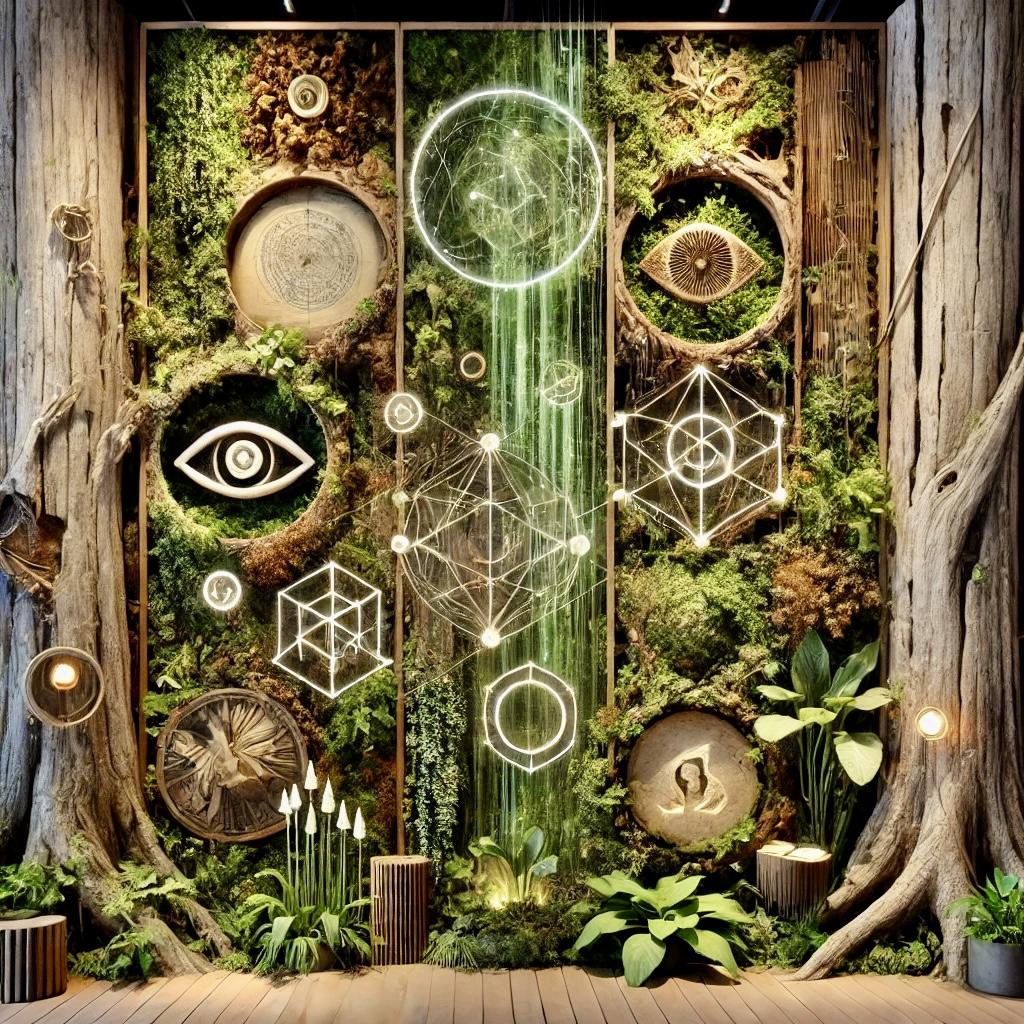
In Thomas Pynchon's thought-provoking novel, The Crying of Lot 49, the exploration of memory and the subjective nature of recollection play integral roles. The novel's complex themes echo ReLeaf's innovative approach—a cooperative dedicated to waste transformation and sustainable urban renewal. With the integration of their augmented reality layer, W.A.S.T.E., ReLeaf creates a bridge between memory and their vertical garden installations. This article delves into the intriguing relationship between The Crying of Lot 49, ReLeaf's W.A.S.T.E., and the profound influence of memory on our understanding of the world.
Reconstructing Memories
In The Crying of Lot 49, Pynchon examines the fallibility and reconstructive nature of memory. Similarly, ReLeaf's W.A.S.T.E. enriches the vertical garden experience by enabling users to engage with their own memories and narratives. This interactive platform invites users to uncover hidden stories within the installations, using memory as a tool to deepen their connection to the environment. Both Pynchon's narrative and ReLeaf’s approach highlight how memory can transform our perception of both past and present.
Symbolism of W.A.S.T.E.
In Pynchon's novel, W.A.S.T.E. functions as a mysterious organization, symbolizing hidden networks and concealed truths. ReLeaf’s adoption of W.A.S.T.E. within their augmented reality layer weaves this symbolism into their vertical gardens, offering users the chance to reimagine discarded materials and the untold stories they carry. This fusion of art, memory, and sustainability fosters a richer understanding of the interconnectedness between our experiences and the potential for renewal.
The Subjective Nature of Memory
The Crying of Lot 49 also explores how memory is shaped by emotions, biases, and external factors. ReLeaf's W.A.S.T.E. similarly challenges the boundaries between reality and fiction, encouraging users to question their own recollections. Through an immersive experience that blends augmented reality with the tangible environment, ReLeaf invites users to reflect on the complexity and fluidity of memory, ultimately inspiring a deeper appreciation for personal narrative.
In conclusion, the interplay between memory, symbolism, and waste transformation, as seen in The Crying of Lot 49 and ReLeaf's W.A.S.T.E., underscores the profound impact of memory on our worldviews. As users navigate ReLeaf's vertical gardens and explore the augmented reality layer, they embark on a journey of self-discovery, unearthing hidden narratives and reimagining waste as a symbol of renewal. This collaboration between literature, memory, and sustainability encourages us to reconsider the transformative power of memory in shaping our individual and collective stories.